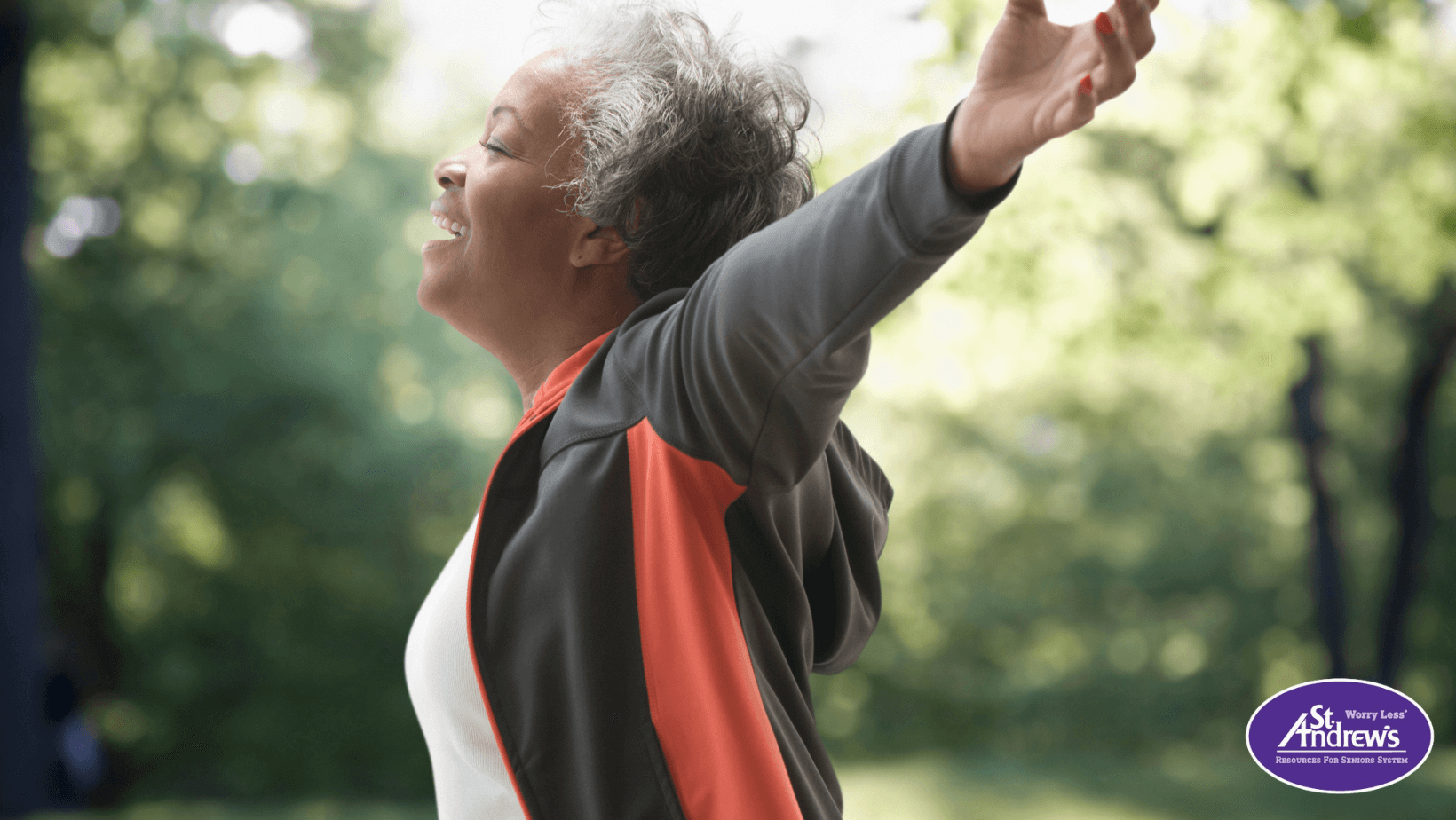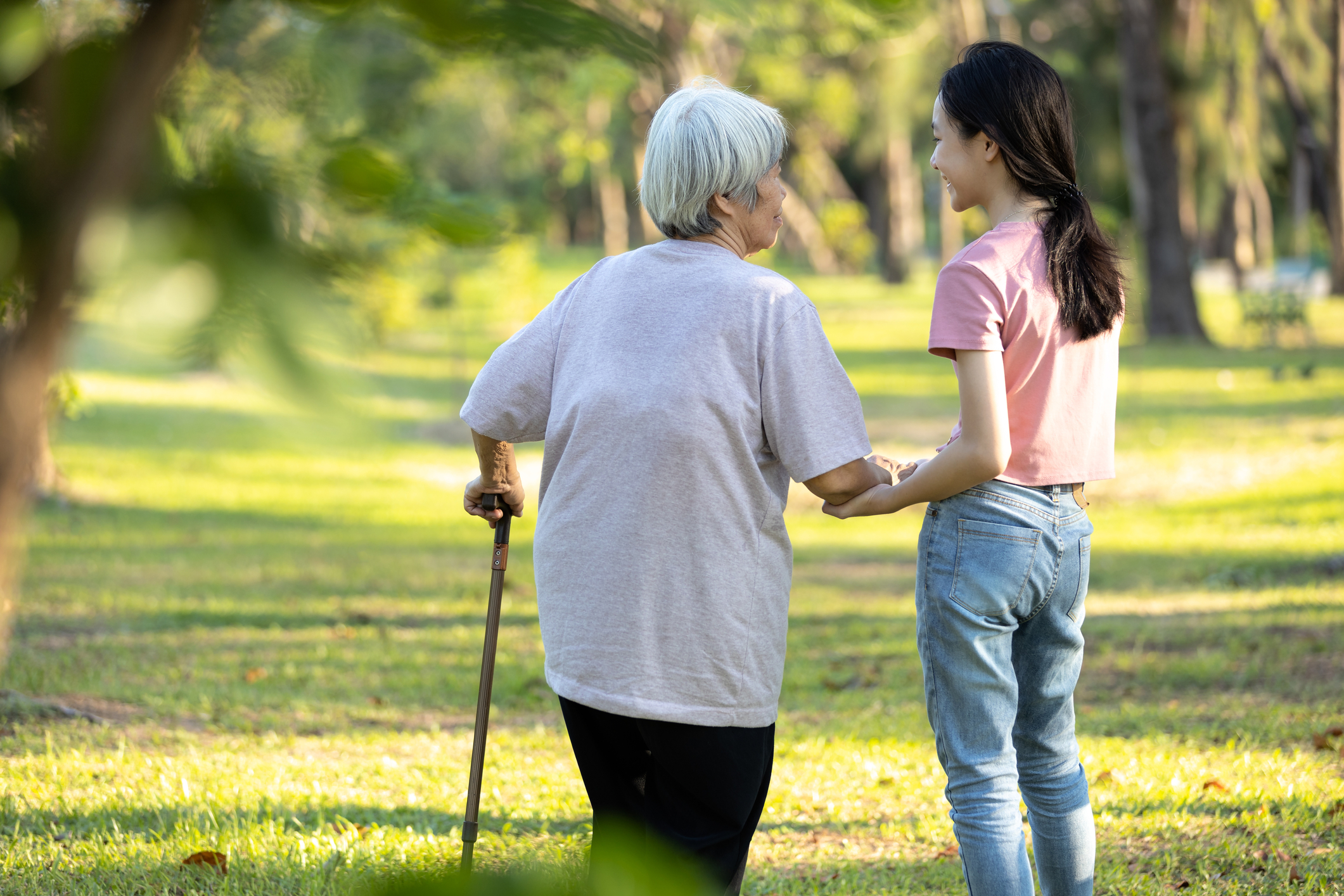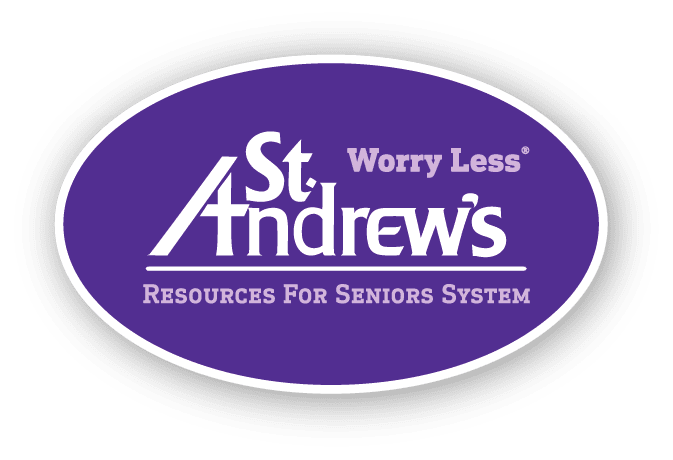Overcoming Seasonal Depression as a Senior

Fall is here and winter is just around the corner. For many, this time of year can bring great joy. Yet for others, it may lead to seasonal depression, formally known as seasonal affective disorder (SAD). SAD is much more than "winter blues"; it is a major mental health concern for people of all ages, including older adults. Combating SAD might seem overwhelming at first, but with proper understanding of this condition and the treatment options available, it's possible to beat seasonal depression as a senior.
What is Winter-Pattern SAD?
Also known as:
- Winter depression
- Winter-pattern seasonal affective disorder
- Winter-season depression
- Seasonal depression
- Seasonal affective disorder
Winter-pattern seasonal affective disorder, or SAD, is the formal term for winter depression. It is a type of depression that occurs in late fall and winter. Winter-season depression is the most common form of SAD, with the less common variety, summer-pattern SAD, occurring in spring and summer.
What Causes Seasonal Depression?
The primary triggers of winter-pattern SAD include:
- Seasonal patterns of changing weather can jumpstart SAD.
- Exposure to less natural sunlight as the days get shorter means people's sleep-wake cycle can get disrupted, leading to SAD.
- People are less likely to engage in physical activity as the weather gets colder; this lack of activity can contribute to or worsen SAD.
- For many people who are alone during the holidays—as many older adults are—this time of year can also be a particularly painful time emphasized by a heightened sense of loneliness.
Experts at the US National Institute of Mental Health also note that SAD is much more likely in people with a personal or family history of other mental health conditions like bipolar disorder and anxiety.
What are the Signs of SAD?
Like other forms of depression, SAD can manifest in different ways, particularly among older people. Symptoms of SAD in seniors include:
- Loss of interest in hobbies or life in general
- Overeating and subsequent weight gain
- Seasonal changes in sleeping patterns, including oversleeping
- Low energy levels
- Intense feelings of loneliness, sadness, hopelessness, and guilt
- Forgetfulness or getting distracted easily
- Irritability and frustration
- Withdrawing from social situations
How Can Older Adults Beat Seasonal Depression?
Treatment options for winter-pattern SAD (especially in older people) include the following nine methods.
- Phototherapy
- Melatonin supplements
- Vitamin D supplements
- Good sleep hygiene
- Self-care practices
- Prescription medications
- A healthy diet
- Cognitive behavioral therapy
- Socialization
1. Phototherapy
The body is ruled by an internal clock/circadian rhythm that regulates our sleep-wake cycle. The internal clock sets itself based on factors like natural daylight, which affects our production of the sleep-inducing hormone melatonin. The days getting shorter during the fall and winter months can disrupt our internal clock, leading to poorer sleeping quality and, subsequently, poorer mood, which may evolve into full-blown SAD.
One way to reset the body's clock? Phototherapy. Better known as light therapy, phototherapy is a popular treatment method for combating SAD. It uses artificial light that mimics natural light well enough to help reset the body's internal clock. This reset can help improve sleep quality as well as combat other symptoms of SAD.
Bright light therapy is the most common form of phototherapy. It involves the use of light boxes with an output of roughly 10,000 lux for about 30 minutes. Besides plenty of anecdotal evidence supporting this form of therapy, data-backed research also supports the claim that bright light therapy can alleviate symptoms of winter-pattern SAD.
Bright light therapy is not for everyone, though. In these cases, use of a softer light may help. Some people, for instance, find that using a dawn simulator alarm clock helps them mitigate the effects of SAD. This type of alarm clock uses a light with a lux output up to 300, and it gradually reaches its maximum intensity over the course of 30 to 120 minutes, mimicking the rising of the sun at dawn. It all culminates with the sound of an alarm to gently rouse someone from sleep.
2. Melatonin Supplements
The hormone melatonin is crucial to regulating the circadian rhythm. Our body stimulates high melatonin production during low and no-light environments; the increased amount of this hormone in our body makes us feel drowsy, helping us fall (and stay) asleep. Changes in daylight hours during the fall and winter seasons can disrupt our body's melatonin production, which in turn can mess up our sleep schedule, leading to either oversleeping or insomnia. Either of these sleep disruptions can lead to a whole host of issues that contribute to SAD.
A common over-the-counter (OTC) method to help people fall asleep is to take low-dosage melatonin supplements at night before falling asleep. A lower dose is especially important for older adults, and research suggests that low amounts of this supplement can help alleviate insomnia in older adults, which may help them fight signs of SAD.
3. Vitamin D Supplements
Melatonin is not the only hormone or chemical that helps regulate our body's sleep-wake cycle; vitamin D also plays a role in helping us get both enough sleep and good quality sleep. With limited exposure to sunlight—the best natural source of vitamin D—during the late fall and winter seasons, it should come as no surprise that vitamin D deficiency is more common during the colder months with fewer hours of daylight. This deficiency can lead to poor sleep quality that can also contribute to SAD.
While the scientific community has not yet reached a consensus on the use of vitamin D supplements to combat SAD symptoms, some research does show promise for using these supplements to improve sleep quality in SAD sufferers.
4. Good Sleep Hygiene
It's hard to overstate the importance of a good night's rest. Getting enough good quality sleep, according to the CDC, is associated with improved mental health outcomes and lower overall mortality risk. Considering the major role that sleep can play in developing SAD—as well as how SAD can cause or worsen sleep problems—practicing good sleep hygiene is critical for good health during the winter months.
This fact is especially true for older adults, as this group is more likely than others to experience sleep disturbances. Causes of bad sleep quality and quantity in older people include decreased melatonin production at night, taking medications that affect the sleep-wake cycle, and living with other conditions that affect sleeping patterns like dementia and sundowning.
Good sleep hygiene practices include:
- Not ingesting caffeine 6 hours before bed
- Making sure to wake up at the same time every day
- Cutting off brightly lit screens at least an hour before bed
Getting enough exercise during the day, including cardio exercises and strength-training activities
5. Self-Care Practices
One of the best ways to take charge of our mental well-being is to practice self-care. The good news is that anyone can practice self-care at any time, even at home.
Great ways seniors can practice self-care include:
- Birdwatching
- Taking a walk
- Writing in a journal for 10-20 minutes
- Reading a good book
- Taking the time to savor a good meal or warm drink
- Talking with a loved one
6. Prescription Medications
OTC treatments work for many people, but not everyone. Some people need a little extra help, which may come in the form of prescription medications. Selective serotonin uptake inhibitors (SSRIs) are popular antidepressants taken for many mental disorders, including SAD. These medications increase serotonin levels in the brain, which can help elevate someone's mood and alleviate other SAD symptoms. Common SSRIs include fluoxetine (Prozac) and sertraline (Zoloft).
7. A Healthy Diet
SAD can influence people's food intake and food choices, which makes prioritizing a healthy diet full of nutrient-dense foods important in treating this condition. It's common for people experiencing SAD to reach for carbohydrates, as they're part of many comfort foods like breads and pastas. However, carbohydrates also contain tryptophan, which can cause drowsiness. Eating too many carbs can lead to oversleeping, a major trigger and symptom of SAD.
While carbs are necessary, people shouldn't overdo it with the bread and pasta. Instead, it's important to balance meals with plenty of vegetables, fruits, and protein to fuel the body and mind alike.
8. Cognitive Behavioral Therapy
Standard cognitive behavioral therapy (CBT), or talk therapy, works well for treating other forms of depression, like major depression disorder. CBT works by having patients talk out their issues with a licensed professional who can help the patients pinpoint negative thought patterns, craft methods to redirect unhelpful thoughts, and promote good thinking habits while tackling challenges and fears.
Many people respond positively to CBT for SAD (CBT-SAD). In some cases, people even report better outcomes than people who used phototherapy to treat SAD.
9. Socialization
Older people with depression tend to withdraw socially, which can exacerbate the issue. There are many reasons why older adults experience loneliness so acutely, including loss of loved ones, loss of mobility and hearing, and developing conditions like Alzheimer's disease. Loneliness and social withdrawal are both triggers and signs of SAD, meaning tackling these issues are key to beating seasonal depression as a senior.
The best way to combat loneliness is with a community of compassionate individuals. Moving to a senior living community is a fantastic way for older people battling loneliness to feel a sense of purpose and belonging every single day.
Addressing Mental Illness at St. Andrew's
Our compassionate team is aware of the symptoms of depression and can work with residents, families, and mental health professionals to craft personalized treatment plans that help seniors beat seasonal depression. We make sure each resident has their personal needs met while offering countless opportunities for mental stimulation, social interaction, worship for the spiritually inclined, and physical activity, because we know that someone's well-being is ultimately a blend of physical, mental, and spiritual health.
Disclaimers: This article does not constitute professional medical advice. It cannot diagnose, treat, prevent, or cure any disease or condition. Always consult a licensed medical professional with any healthcare concerns or questions.







